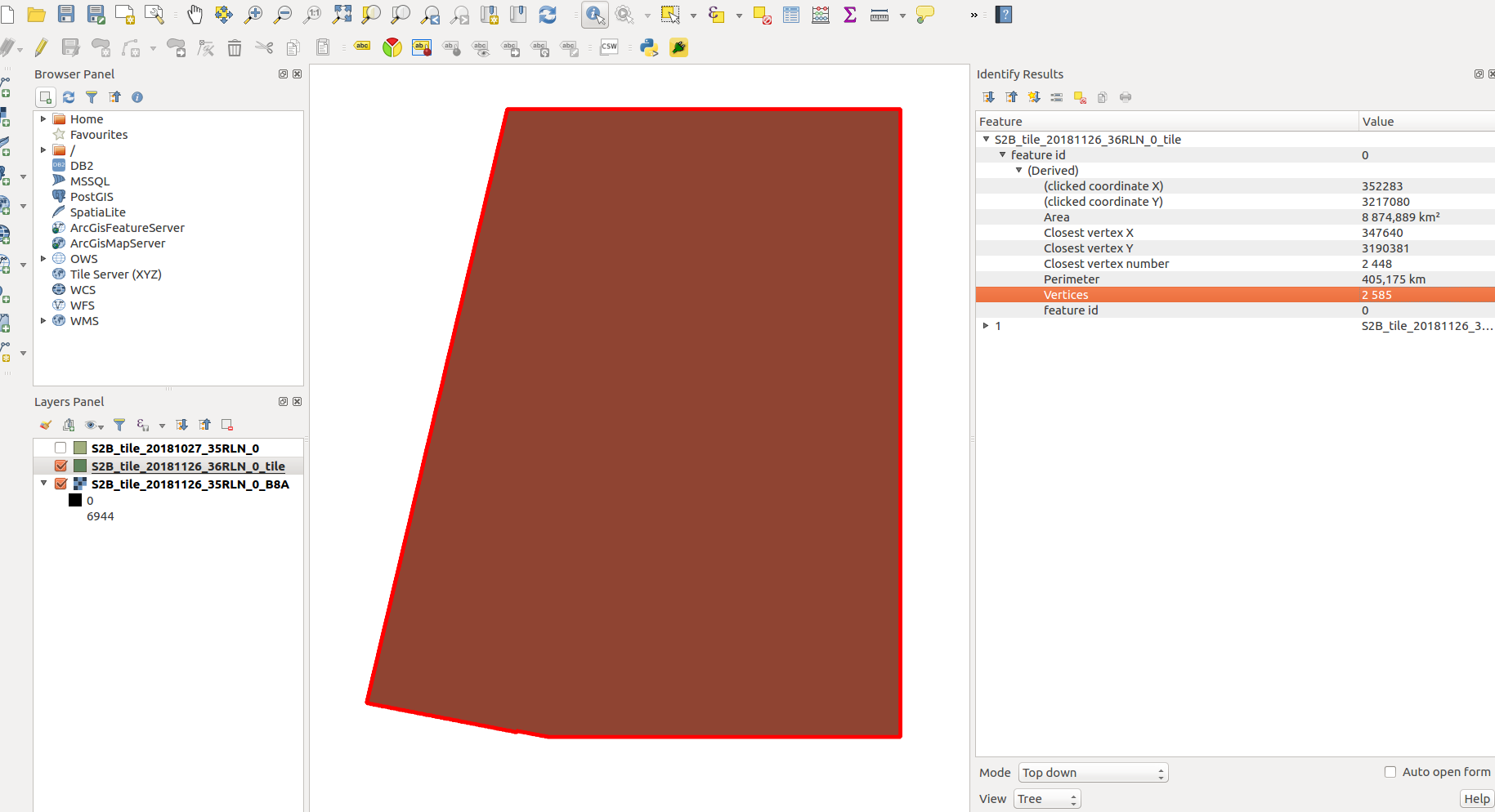We noticed that as well, it caused quite a bit of a trouble to us.
With the change of the baseline ESA changed this as well. We have no idea, what for…
https://scihub.copernicus.eu/news/News00409
(they did not report it above, this is just when it started)
The best point of contact is probably their support (eosupport@copernicus.esa.int). If you hear anything about it, we would be interested as well.
Thank you, I have emailed the EO Support.
Are you planning to simplify the geometries hosted on AWS S3? Will there be an SNS for it?
No, we do not plan to do that.
A general rule for public data sets on AWS is to mess with the data as little as possible. Simplifying the geometry might reduce quality in some specific cases, so we do not want to go this route.
I’ve received a response from Copernicus EO Support:
Please see below the reply from the technical team regarding your query:
“With the introduction of processing baseline 02.07 (https://cophub.copernicus.eu/news/News00238) the detector footprint (DETFOO) is now accurate at pixel level precision. As a result, the number of points in the masks has increased significantly.*
It is a likely explanation for the evolution of the “tileInfo.json” file.
Note that a compact product footprint is provided in the user product metadata (field Product_Footprint).”


